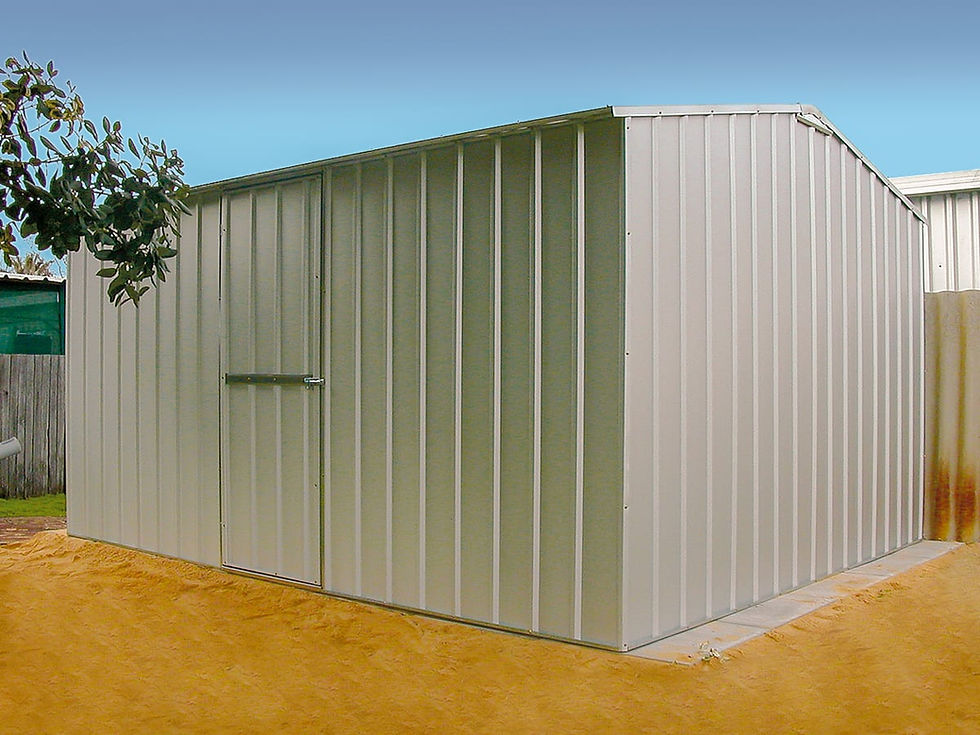Understanding The Steps Of A Concrete Polishing Process
- Kiera Peterson
- Aug 20, 2019
- 3 min read
In recent years, concrete polishing has become an attractive flooring choice for many property owners as different types of colors and finishing can be achieved by the process. It can help in getting many types of looks like good gloss finish as well as satin-like texture apart from many others. You will hence understand why the residential, industrial as well as commercial establishments prefer to install concrete polishing so that a sparkling surface can be prepared.
Polishing Process:
There are certain steps involved in its laying and we will go through them over here to fully understand the process.
1. Grinding – The first step of concrete polishing is grinding in which the laid concrete has to be grounded to make a polished floor. Heavy-duty machines are employed for the purpose that can help in grinding the surface. These machines make use of different types of grits like 30, 70, and 120. Thereafter, various types of resin pads are used to create a more or less, smooth floor. In this stage, pads of different grit strengths like 0, 100, and 200 are used by machines so that the needed smoothness can be achieved. You have to understand that this work is better left to be done by the professionals.
2. Densifiers – When grinding is complete; stains or dyes can be used to get the needed color effect in the concrete polishing. Depending upon a requirement, the amount of stain can be varied so that the needed texture can be achieved. Similarly, a concrete densifier can also be used in this stage so that the correct thickness can be realized. Both the processes of this stage should be handled by a deft workman who has enough experience in handling these items.
3. Honing – It is a stage of concrete polishing in which the shine of the surface can be expected to begin. Usually, polishing is carried out by heavy-duty machines using a resin of 400-grit you might also see that other grit strengths can be used. The contrast and brightness of the surface will depend a lot on the chosen grit type and a choice must be discussed with the service provider for a requirement. Hence, honing is largely dependent on the selection of grit.
4. Polishing – It is the penultimate stage of getting a fully polished concrete and the floor is polished in it with different types of resin grits like 800, 1,500, and 3,000. A user can arrive at the kind of shine that is desired for an application so that the resin processes can be carried out one by one. One after the other process gets completed, the shine and sparkle will increase and by the time the 3,000 grit is complete, there will be a shimmering finish that can look quite radiant.
5. Completion – It is the last stage of concrete polishing in which a burnishing pad is used to clean the concrete floor. It ensures that the floor gets fully cleaned while at the same time additional shine can also be produced by the process. During the completion stage, care is taken to see that every aspect of a polished floor is realized so that the end objective is fulfilled for a user.
As it is evident, laying a polished floor is a hectic mean task but once the job is complete, users can be sure of a lasting floor surface along with ample value for the money invested in it. The only reason why most property owners like to get a polished surface within their area is that they can stay assured for several years.








Comments